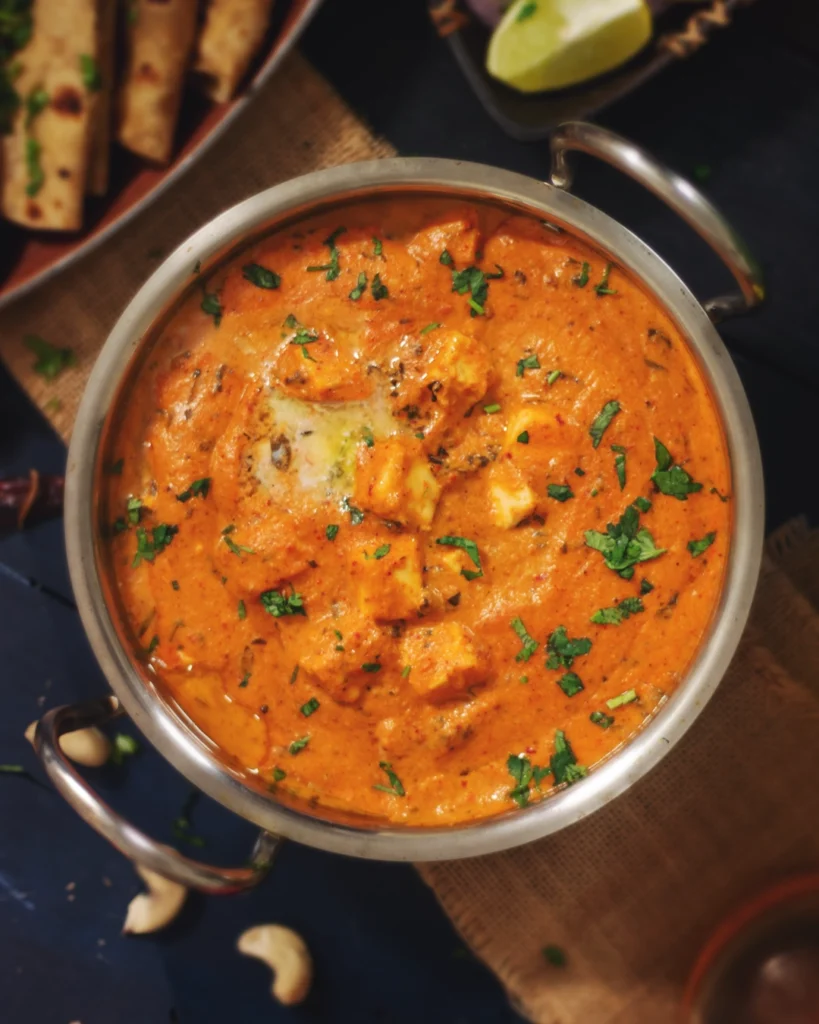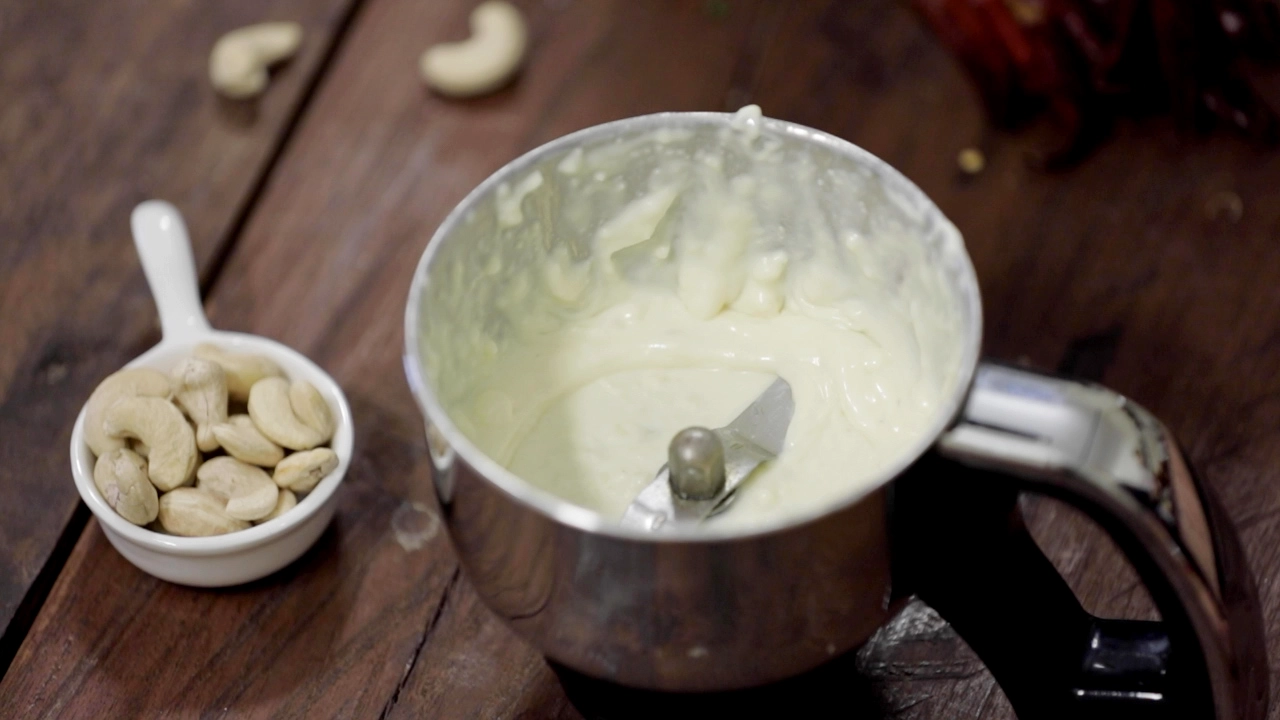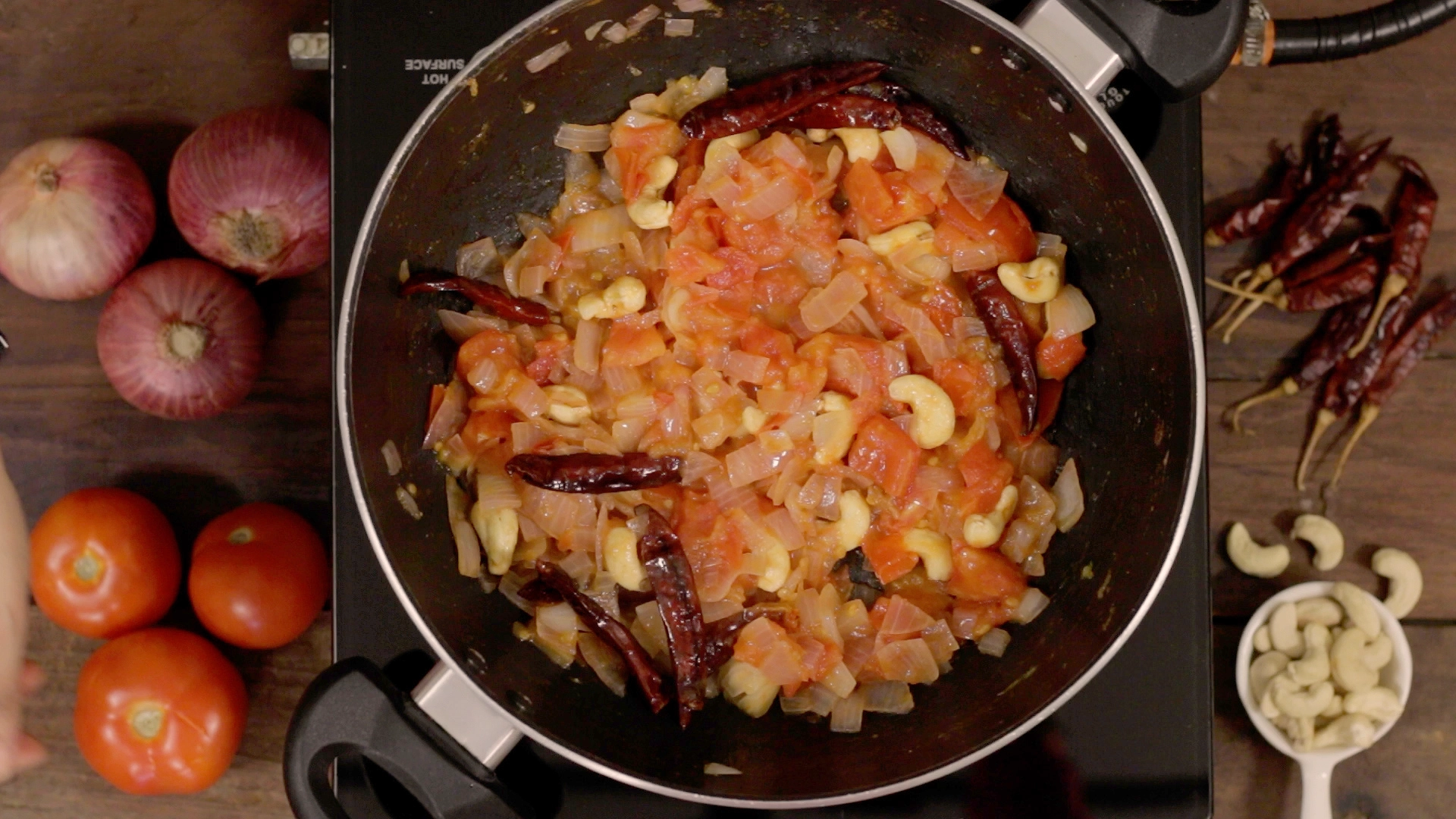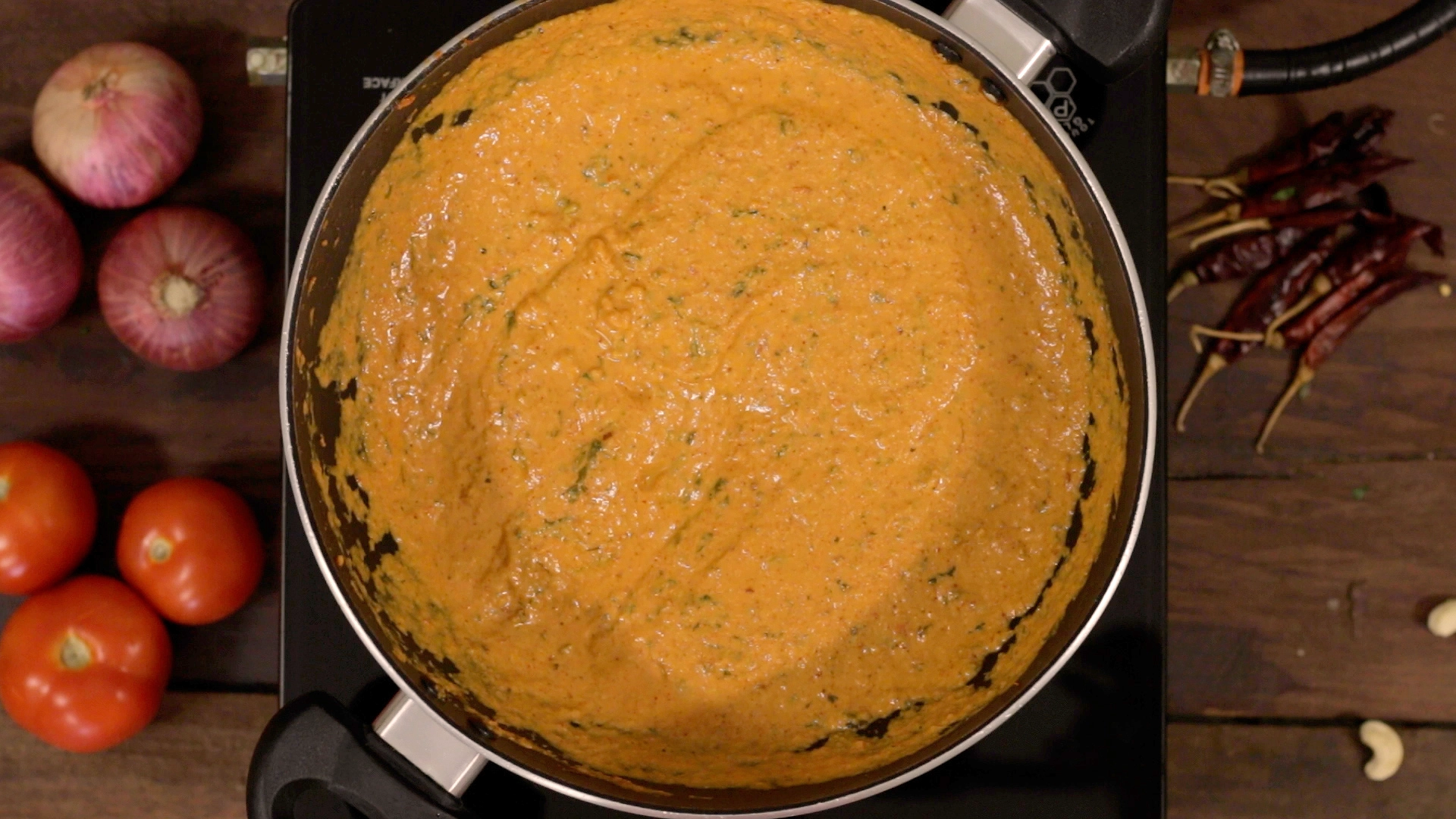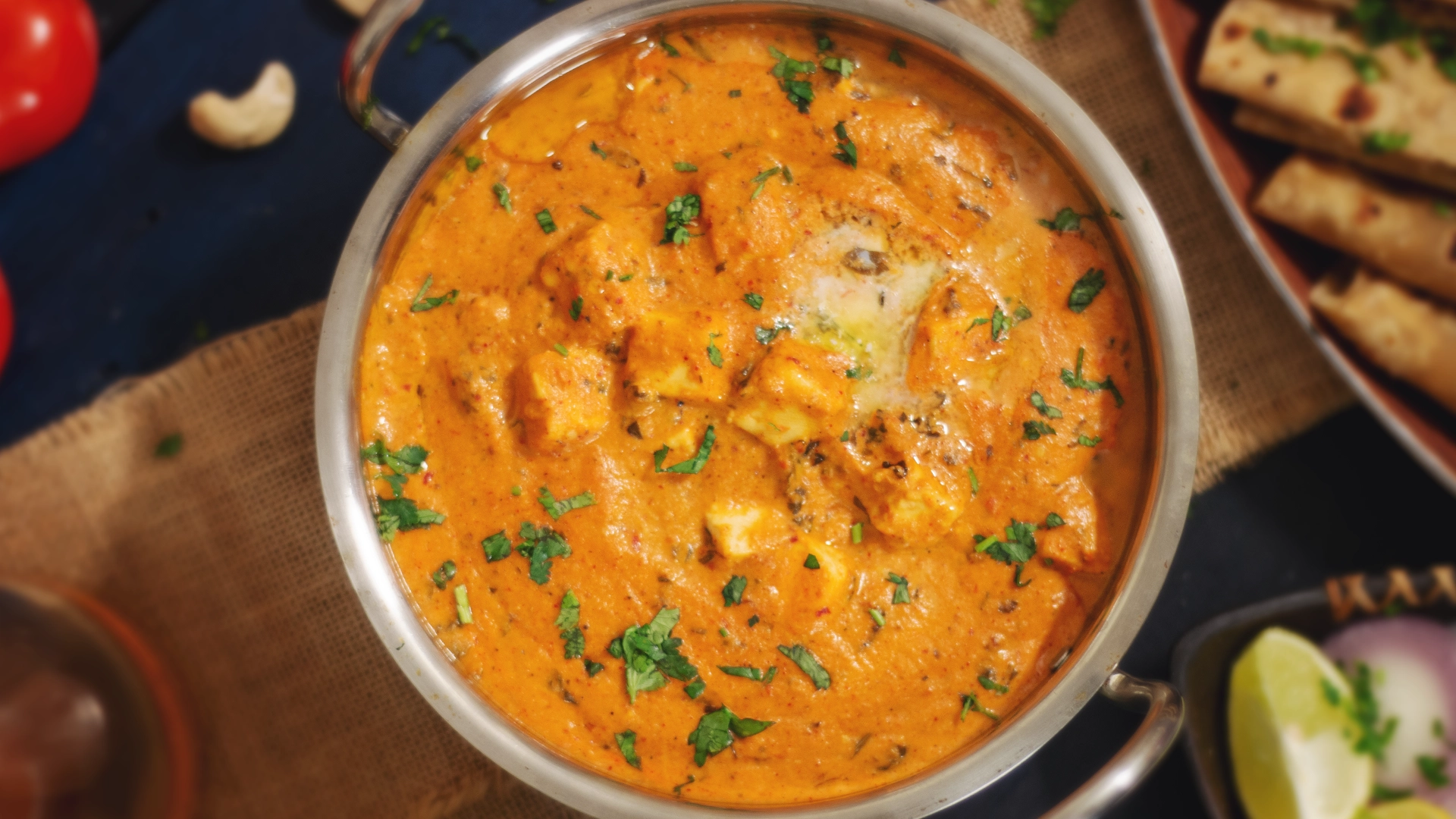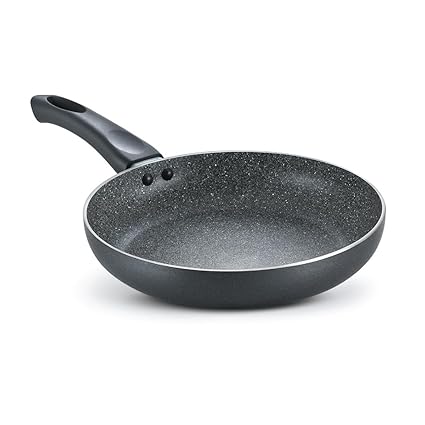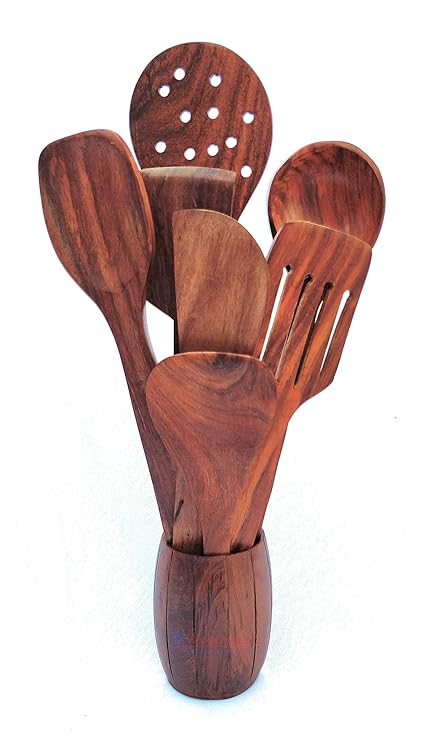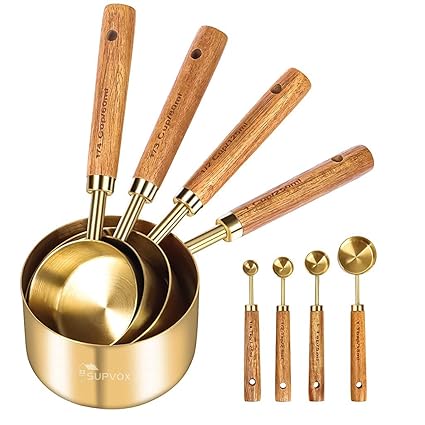Ever wondered how you can whip up a restaurant-quality Paneer Butter Masala right in your own kitchen? If you love that creamy, dreamy, melt-in-your-mouth curry but feel intimidated by all the spices and steps, stick around. I’m going to walk you through everything—from why this dish is an absolute winner to insider tips that make the process a breeze.
Why Paneer Butter Masala Is a Game-Changer
Paneer Butter Masala (also called Paneer Makhani) is the ultimate comfort curry. Picture cubes of paneer (Indian cottage cheese) swimming in a luscious, buttery tomato gravy, with just the right amount of warmth from Kashmiri chilies and aromatic spices. It’s rich without being overpowering, and it satisfies both vegetarians and anyone who appreciates a good, hearty meal.
A Bite of History and Cuisine
Origin Story: While curries date back centuries in the Indian subcontinent, Paneer Butter Masala really rose to fame in North Indian kitchens. It’s a relative newcomer compared to ancient dals and dals-tadkas, but quickly became a favorite in Punjabi homes and restaurants.
Cuisine Connection: This dish exemplifies Punjabi cooking—robust flavors, creamy textures, and a balance of spices and dairy. Over time, you’ll see it on menus worldwide, but the authentic magic happens when you make it yourself.
Why You’ll Love It (and Your Body Will Too)
Protein-Packed: Paneer is an excellent source of protein—perfect if you’re looking to up your intake without meat.
Healthy Fats: A bit of ghee and cream give you healthy fats that keep you full longer. As long as you don’t go overboard, it’s a balanced, satisfying meal.
Comfort Food: There’s something universally comforting about a creamy, tomato-based curry. It’s like a warm hug in a bowl, especially on chilly evenings.
Breaking Down the Ingredients
Understanding each component helps you appreciate what you’re eating and even customize it to your taste:
Paneer (Indian Cottage Cheese)
Flavor & Texture: Soft, milky, and slightly chewy. It soaks up the gravy beautifully.
Benefit: High in casein protein, which digests slowly and keeps you energized.
Tomatoes & Onions
Flavor & Texture: Fresh tomatoes provide tanginess, while onions add a subtle sweetness and body to the gravy.
Pro Tip 💡: Use fully ripe, juicy tomatoes—your gravy will taste fresher and brighter.
Red Chilies & Kashmiri Chili Powder
- Flavor: They give that signature red hue and a mild-to-medium heat. Kashmiri chili powder is more about color than spiciness.
Pro Tip 💡: Always taste your gravy before adding sugar; sometimes ripe tomatoes need less.
The Cooking Process
Okay, you have your ingredients laid out. Now, imagine you’re right there in the kitchen with me:
First, heat your pan with a splash of oil. Once it shimmers, toss in chopped onions, whole red chilies, diced tomatoes, and soaked cashews. Let them sizzle until the onions turn translucent and the tomatoes break down—about 8–10 minutes. Add salt here to help the tomatoes release moisture faster.
Once everything’s soft and aromatic, turn off the heat and let it cool for a few minutes. Then, transfer everything into a blender and grind it to a smooth, velvety paste. This is your curry’s foundation, so make sure there are no chunks—silky is key.
Heat some ghee in a clean pan, then sprinkle in Kashmiri chili powder and immediately pour the blended paste. The chili powder will bloom, intensifying the color and flavor. Stir for 2–3 minutes, then add garam masala and crushed kasuri methi. Cover and let it simmer on low for about 10 minutes—this step deepens the flavors.
While the gravy is simmering, blend khoya with a splash of milk until super smooth. When the gravy has thickened and you see oil separating slightly on the edges, stir in fresh cream, your khoya mixture, and a dash of sugar. Add a bit of water to adjust the consistency—remember, you want a luscious, spoon-coating gravy, not a thin soup.
Now, gently slide in your paneer cubes and let them warm through for another 8–10 minutes on low. Don’t overcook, or they’ll get rubbery. Finish with a handful of chopped coriander leaves for a fresh, herbaceous lift.
What to Serve Alongside
You can’t go wrong with:
- Naan or Butter Naan: The classic choice—soft, pillowy, and perfect for mopping up that rich gravy.
- Steamed Basmati Rice: A fragrant, neutral base that lets the curry shine.
- Jeera Rice: If you want a subtle cumin aroma to complement the gravy.
- Rotis or Parathas: Whole-wheat flatbreads add a pleasant, chewy texture.
Packing & Storing Tips
- Make-Ahead: You can prepare the gravy a day in advance (without paneer). Store it in an airtight container in the fridge. When ready to serve, reheat gently, add paneer, and simmer for 5–7 minutes.
- Storing Leftovers: Paneer Butter Masala lasts up to 2 days in the fridge. Store it in a sealed container. Reheat on low flame, adding a splash of milk or water if it’s too thick.
- Freezing: The gravy freezes well (again, add paneer only after thawing), but the texture of paneer can change slightly. If you plan to freeze, omit the cream—add fresh cream when reheating.
Party or Bulk Preparation
- Scaling Up: Simply double or triple all ingredients—remember to use a larger pot and possibly break your simmering into batches so everything cooks evenly.
- Keeping Warm: If you’re hosting, keep the curry warm in a slow cooker on the “warm” setting. Add a little extra cream or water every hour to maintain the right consistency.
- Garnish Station: For gatherings, set up a small station with extra chopped coriander, slivers of ginger, and a bowl of melted butter so guests can personalize their plates.
Next Steps
Now that you know the behind-the-scenes of making Paneer Butter Masala, it’s time to fire up the stove. Remember: the key to a killer gravy is patience— letting the tomatoes and spices meld together until they’re rich and fragrant. And don’t be afraid to tweak the heat and creaminess to suit your taste.
If you’re a non-vegetarian, you’ll also love my Butter Chicken recipe — the classic Murgh Makhani that pairs beautifully with naan or rice.
Other Related Recipes You Might Like:-
- Paneer Masala Dhaba Style – paneer cooked in a rich, spicy dhaba-style gravy.
- Paneer Kalimirch White Gravy – creamy white gravy with the bold flavour of black pepper.
- Malai Paneer (Creamy Paneer Gravy Masala) – silky, rich paneer curry made with cream and mild spices.
- Paneer Stuffed Moong Dal Chilla – protein-packed savoury crepes stuffed with spiced paneer.
- Paneer Manchurian (Restaurant Style) – Indo-Chinese paneer in a tangy, spicy Manchurian sauce.
- Shahi Paneer Veg Paratha – royal-style paratha infused with rich shahi paneer masala.
- Paneer Tikka On Tawa – spiced paneer cubes grilled on tawa with a smoky, tangy flavour.
Paneer Butter Masala
Description
Paneer Butter Masala (also called Paneer Makhani) is the ultimate comfort curry. Picture cubes of paneer (Indian cottage cheese) swimming in a luscious, buttery tomato gravy, with just the right amount of warmth from Kashmiri chilies and aromatic spices. It’s rich without being overpowering, and it satisfies both vegetarians and anyone who appreciates a good, hearty meal.
Ingredients
Instructions
Prep Work
-
Chop vegetables
Finely chop onions and tomatoes
-
Grind khoya mix
Blend khoya with milk to form a smooth paste.
Method
-
Saute onions & tomatoes
Heat oil in a kadai, add onions, red chilies, tomatoes, and cashews. Saute well.
-
Cook until soft
Add salt and cook until tomatoes are soft and mushy. Turn off the stove. -
Blend to a smooth paste
Cool and blend the cooked ingredients into a smooth paste. -
Cook the base with ghee
Heat ghee in a kadai, add kashmiri chili powder, then pour in the blended paste. -
Add spices
Stir in garam masala, kasuri methi, and chopped coriander leaves. -
Simmer the gravy
Cover and let the mixture simmer on low heat for 10 minutes. -
Add creaminess
Mix in fresh cream, khoya mixture, and sugar (you can skip if your khoya is sweet). Stir well. -
Adjust consistency
Add water, season with salt, and mix everything well. -
Cook paneer
Add paneer cubes, cover, and cook for 10 minutes on low flame. -
Serve the paneer butter masala hot
Turn off the stove and serve hot with a dollop of butter.
Nutrition Facts
Servings 5
- Amount Per Serving
- Calories 320kcal
- % Daily Value *
- Total Fat 22g34%
- Saturated Fat 10g50%
- Cholesterol 35mg12%
- Sodium 420mg18%
- Potassium 300mg9%
- Total Carbohydrate 18g6%
- Dietary Fiber 3g12%
- Sugars 6g
- Protein 14g29%
- Vitamin A 1200 IU
- Vitamin C 15 mg
- Calcium 380 mg
- Iron 2 mg
* Percent Daily Values are based on a 2,000 calorie diet. Your daily value may be higher or lower depending on your calorie needs.

